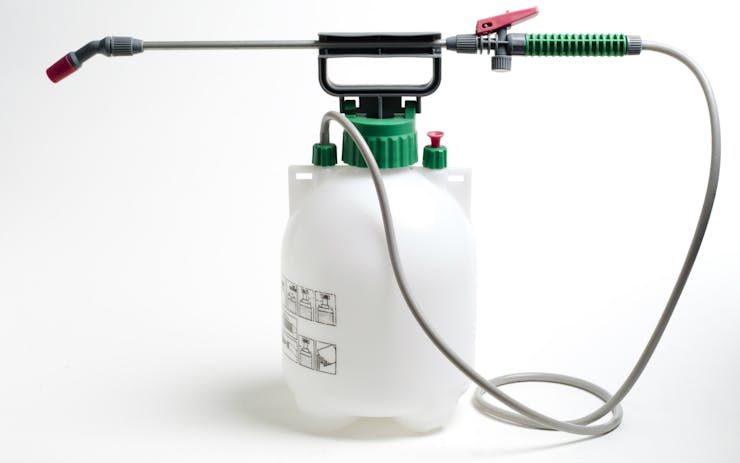For the first few states that legalized adult-use cannabis, the early years have included a lot of learning on the fly in the early days of the industry. That’s especially true in the case of laboratory testing.
Earlier this year, Oregon issued some of the toughest testing rules in the country, aimed keeping pesticide-tainted cannabis off the store shelves. But as the Oregonian uncovered, the strict rules aren’t working 100%.
The paper decided to do a spot check on retail cannabis, testing a variety of samples purchased from Portland dispensaries. Per the rules issued by the state, cannabis flowers, extracts, and edibles must carry a label indicating they meet state pesticide standards. The products must be tested for 59 pesticides before they can be sold at any state-licensed dispensary.
But of 10 cannabis extracts the Oregonian had tested, three came back showing contamination levels that should have kept the products off the market.
Those were the results after the first test, at least. When the extracts were retested, only one of the 10 was flagged as contaminated, shedding light on how inconsistent test results can be.
Though it was a limited spot check, the experiment speaks to how state regulators and the cannabis industry itself are struggling to get a handle on how to detect pesticide use.
“I don’t think it’s reasonable for the general public to think that everything is 100% clean and safe,” Andrew Ourso, a manager at the Oregon Health Authority, told the Oregonian. The regulations in place, he explained, are aimed at reducing risk—not necessarily eliminating it.
“What we do as regulators is decrease the risk that something that would have an adverse health effect on the public would be consumed,” he said. “I think these rules really do minimize those risks.”
Oregon requires a network of state-licensed cannabis labs to screen products for potency, as well as pesticides before they head into the market. The Health Authority recently relaxed some of its pesticide control rules, adding a provision, for example, that gives cannabis companies a chance to clean up marijuana flowers that are contaminated with two specific pesticides that pose a relatively low risk to human health.
During the proposal period for the new rules, the state received an estimated 9,000 comments. Most, the Oregonian reports, urged regulators to keep stringent regulations in place.that what they are consuming is clean—but would not promise every product would be pure.
For the full results of the spot check, check out Noelle Crombie’s report in the Oregonian.





